Retro Review: Dodge A100 Van
A look back at the short-lived, but ever-popular Dodge A100 van that took on Ford during Detroit’s compact van heydays of the 1960s
A Classic 1960s Compact Van
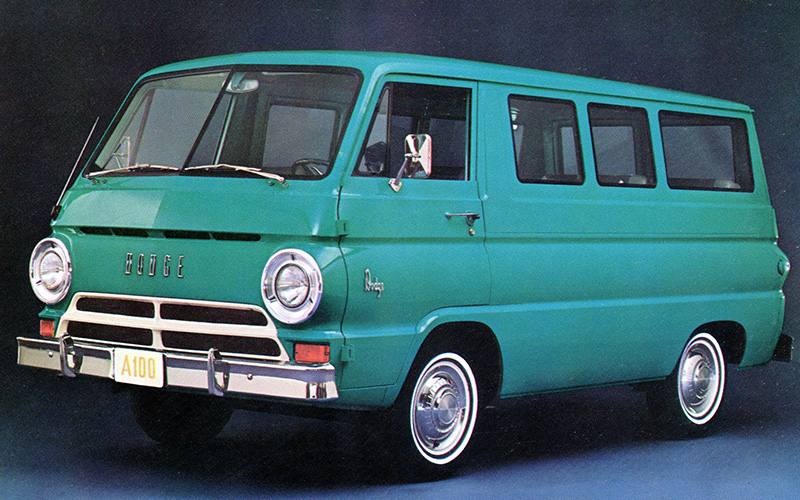
Though only in production for a relatively brief span starting in 1964, the Dodge A100 van left a lasting imprint on the automotive landscape. Compact vans were all the rage at the time with cab-forward designs, flat front ends, and a variety of models from the Big Three in Detroit, plus one legendary model from Volkswagen. So, let’s look at Dodge’s entrant into this segment, the A100.
Going back further, to the 1950s, we see a time when Volkswagen was all alone selling its Microbus to outdoorsy Americans. By the early 1960s, both Ford and Chevy had taken notice and put forth their own options to compete for a slice of the burgeoning compact van pie.
Chevrolet aped VW by building a van with an air-cooled engine mounted in the rear. This made sense as they had just released the air-cooled, rear-engine Corvair on which the van was based. Known as the Corvan in commercial spec or the Corvair Greenbrier for passenger models, these new Chevy compact vans arrived right about the same time as the Ford E100.
The E100 would become the long-running Ford Econoline series of vans, but these initial models were in the compact category. Like VW and Chevy, Ford went the flat-nosed route but put the engine up front. Mounted behind the front axle and between the front passengers, this true “cab over” design was the same approach that Dodge would use with its compact van, the A100 series.
The Dodge A100 vs. The Ford E100
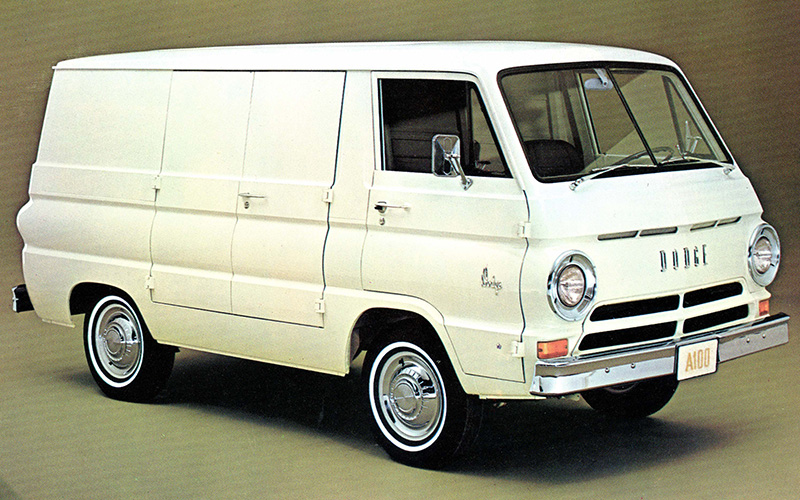
Not only did the A100 ape Ford’s naming convention, it looked a lot alike and, as mentioned, featured a cab over design. Not released until 1964, the Dodge A100 was several years behind the vans from Chevy and Ford, the latter of which it most closely competed against. And compete it did.
Upon debut, the new A100 van cost $2,062, a substantial 13% less than cross-town rival Ford charged for its base E100. Not only that, the Dodge was also wider, longer, and taller than the Ford, which enabled more cargo space. The completely flat load floor was another big selling point for the A100 vans, which could be had in panel van guise or Sportsman models that included rear windows and room for eight passengers.
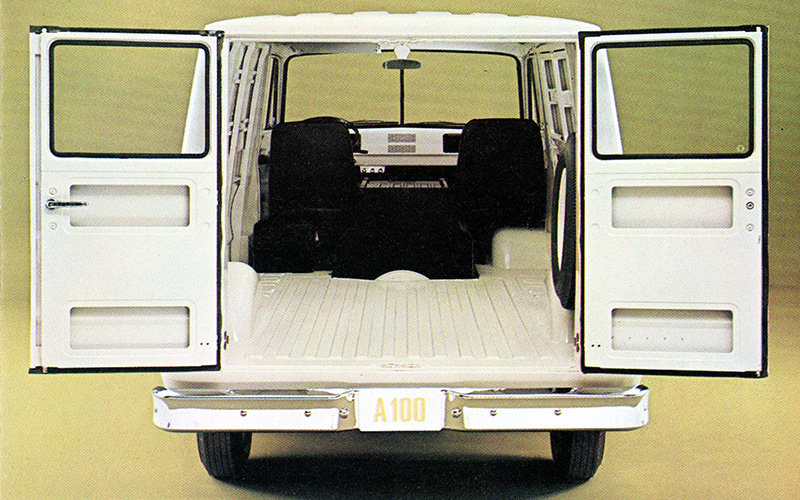
As an interesting historical note, although we now refer to all these vehicles as vans, Dodge marketed the A100 as a wagon. In period brochures, the Sportsman wagon was positioned alongside wagon versions of the Coronet, Monaco, and Polara cars. These days, those latter models are referred to as station wagons, but Dodge considered them all simply wagons with the A100 targeted at campers in passenger-spec and tradespeople in commercial-spec.

There was also a pickup truck version of the A100 with 3 or 5 windows and the same two-piece flat windshield as on the vans. Power came from a choice of slant-6 engines. The base motor was a 2.8L unit with 101 horsepower, while the optional 3.7L setup made 140 horses. A standard “3 on the tree” manual transmission routed power to the rear wheels, though a LoadFlite 3-speed automatic was available as an option.
Popular V8 Vans from the 1960’s
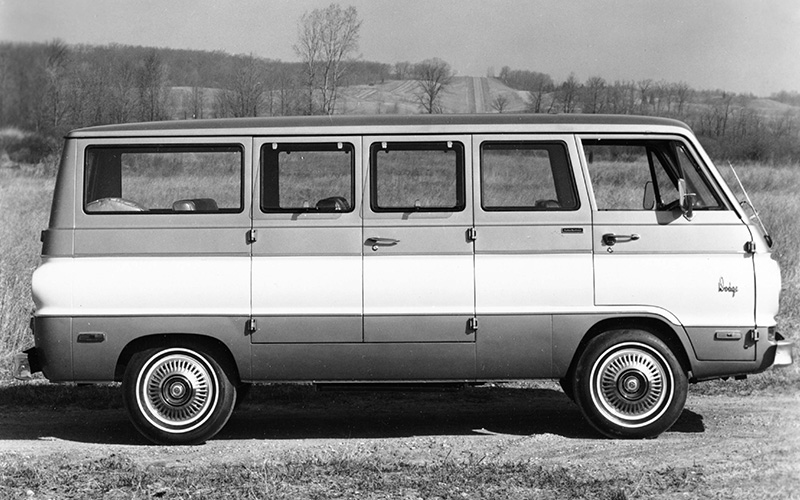
In 1965, Chrysler’s small-block 4.5L V8 was offered in the A100 series and quickly became popular with the delivery driver crowd thanks to its 180 hp rating. By 1967, Dodge was offering a 5.2L V8 from the LA series of engines. Producing 210 horsepower, it would be the most potent powertrain ever fitted to the A100 and was standard equipment in the top-spec Custom Sportsman model.
This Custom variant had other niceties like bucket seats out of the Dodge Dart GT, the center console found in the Polara, full carpeting, and upgraded sound insulation. But the bigger news, literally, in 1967 was the addition of the A108 vans. Like Ford, Dodge went with 100 as its base van nameplate even though the wheelbase measured 90 inches. But the Dodge A108 actually had a matching wheelbase that measured 108 inches.
The Dodge A108, Tradesman Packages, and Conversion Models
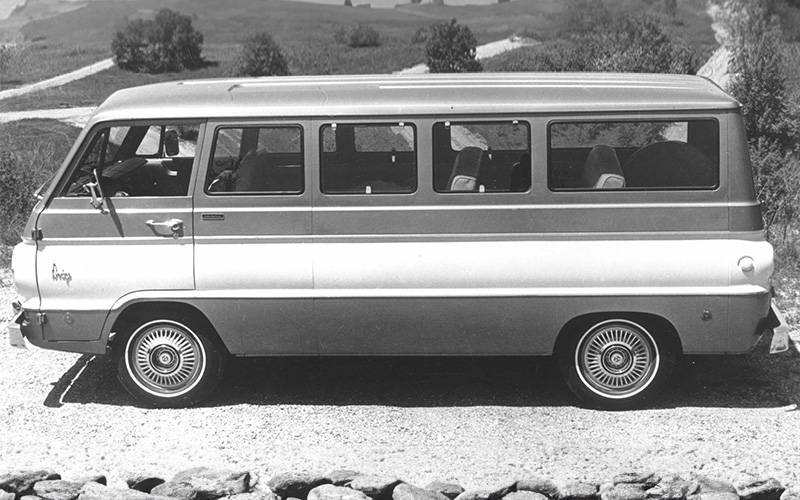
This significant stretch in length brought an extra 39 cubic feet of cargo space on top of the 213 cubes found in the A100. In passenger models, the A108 could seat up to 11 passengers, and in panel van models the cargo floor was 10 feet long, or 14 feet when the front passenger seat was removed. The Dodge A100 van was already popular with the camper conversion crowd, but this new long-wheelbase model made it even more appealing.
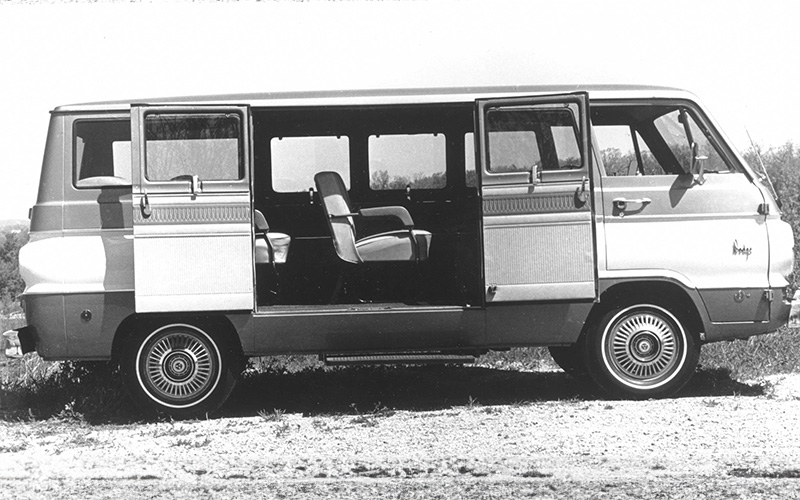
The same was true of those buying the A100 for work purposes, which Dodge capitalized on in 1968 with the Job-Mated Tradesman packages. Period marketing shows detailed cutaways of the various interiors for these trade-oriented models that were targeted at television technicians, general contractors, plumbers, and electricians. In total, Dodge offered 18 different Job-Mated setups.
Fans of conversion vans were greeted by a pair of new packages in 1969, the Executive Suite and the Host Wagon. In both instances, aftermarket outfitter Travco performed the build-out, and the “completely equipped traveling office” and “lavish hospitality unit” options were a major stepping stone in a burgeoning industry that would go on to decades of growth across the automotive industry.
Lasting Popularity of the A100
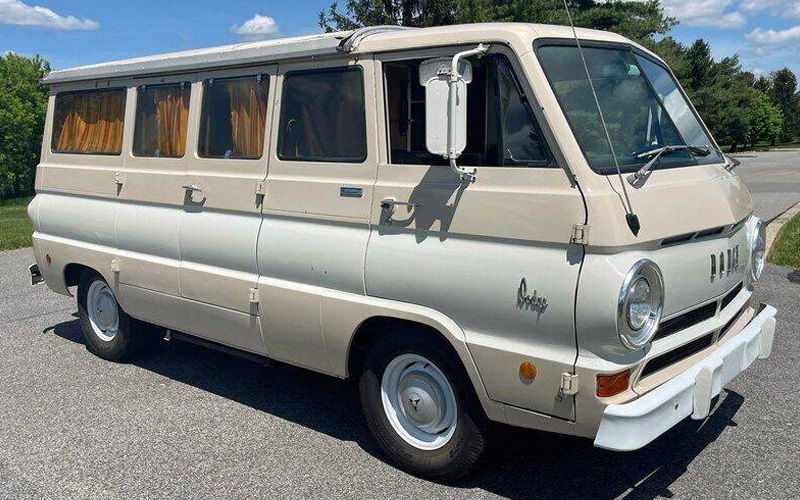
1970 was the final year for the Dodge A100 van and one marked by an upgraded base engine now displacing 3.2 liters and the addition of a fully synchronized manual transmission for the 5.2L V8 powertrain. The medium-duty L-Series truck, which was based on the A100, continued production until 1971 with a tilt-forward cab and available diesel powertrain. And though the A100 never dominated the sales charts, vintage A-series vans live on to this day in the collector’s market and the pop culture scene.
Given its similarity in looks to the Ford E100 series, it’s unclear why the Dodge A100 is so much more popular in that pop culture scene, but Scooby Doo could have something to do with it. No one can say for certain whether the cartoon Mystery Machine was in fact based on an A100, but it sure looks to be the case.

Also helping its popularity were the two-wheeled shenanigans of Bill “Maverick” Golden and his Hemi-powered A100 pickup dragster. Then there was the original Batman TV series that featured the A100 and the modern throwback That ’70s Show with a memorable A100 van. More recently, the A100 was featured in the animated Cars film and the A100-based Deora concept car was one of the original Hot Wheels cars!
The list goes on, so regardless of its short-lived production run, the Dodge A100 van continues to find itself in the spotlight. Bill Golden’s “Little Red Wagon” dragster would go on to inspire Dodge’s Li’l Red Express series of pickups and like the classic Chevy Corvair and Ford E100 compact vans, the A100 remains a popular platform to restore with vintage parts to this day.


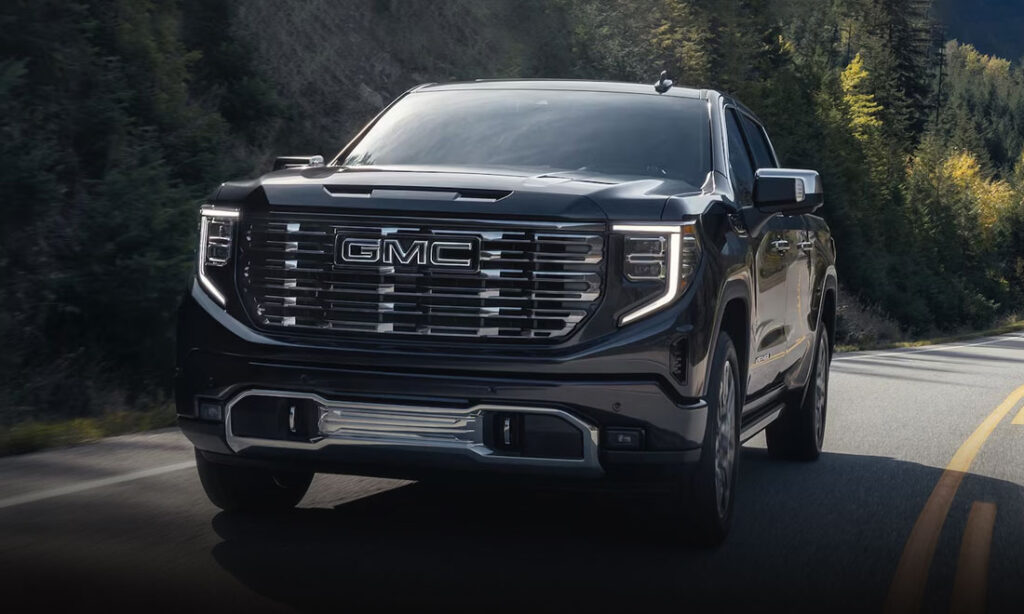
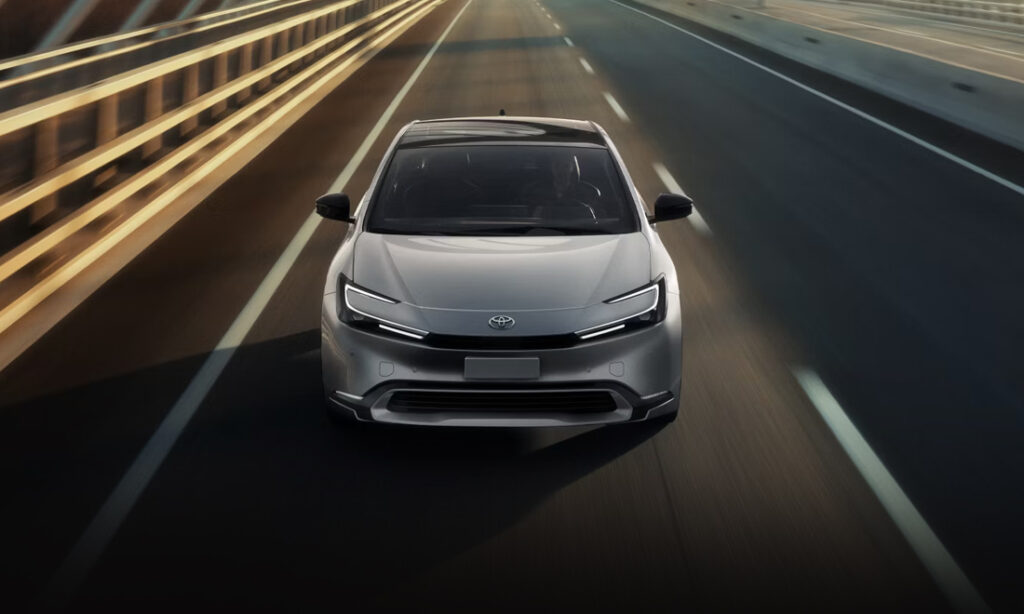
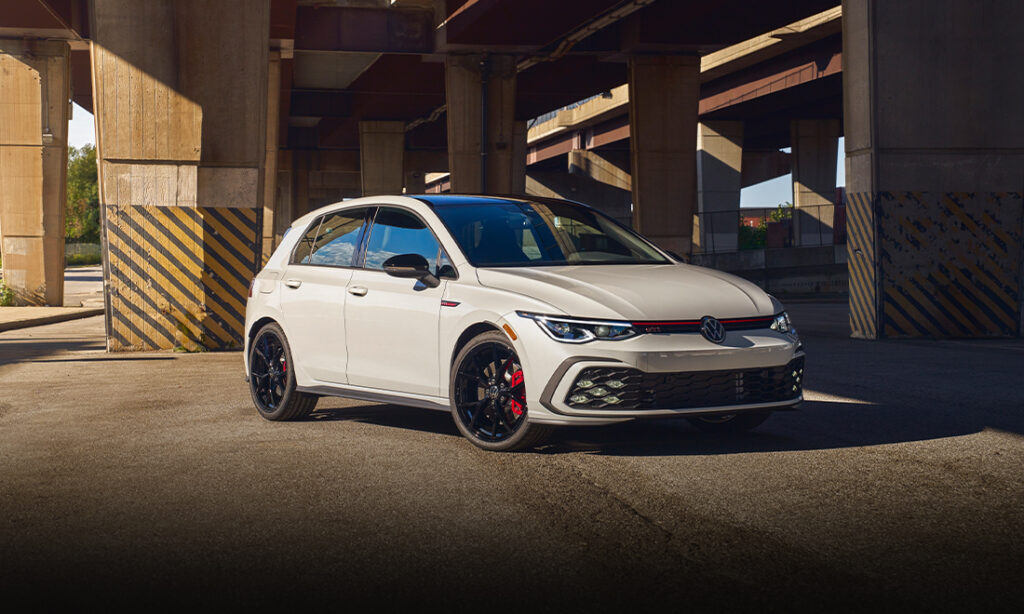

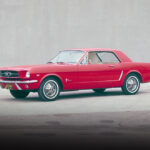



The A100-based show truck was called the Deora, not Deoria.
Thanks for the catch, its been updated to reflect that change.
What about the 64-70 Chevrolet Sportvan? I think the Mystery Machine is based on that.